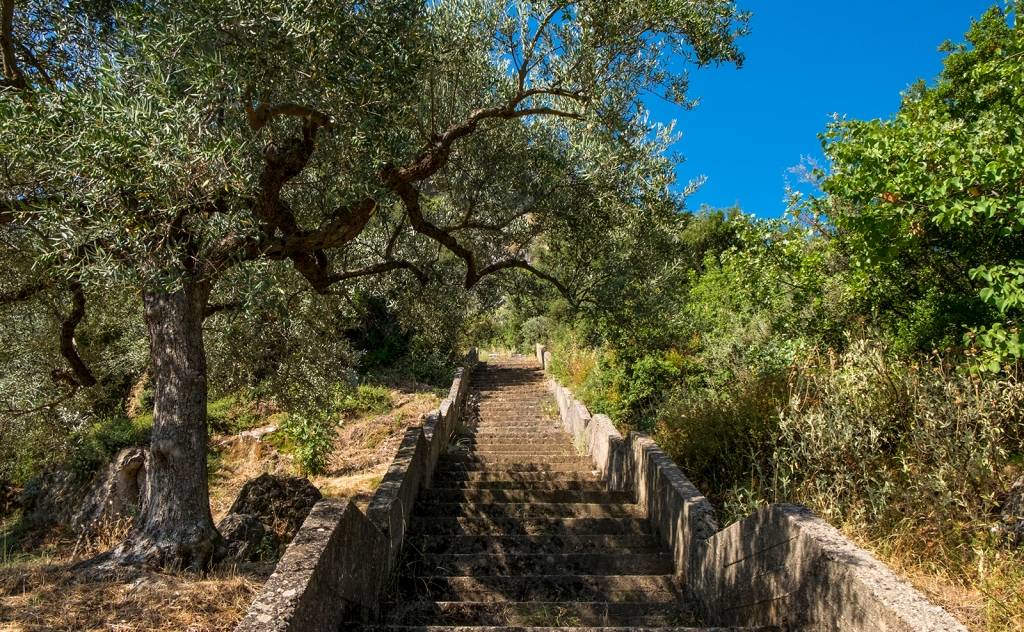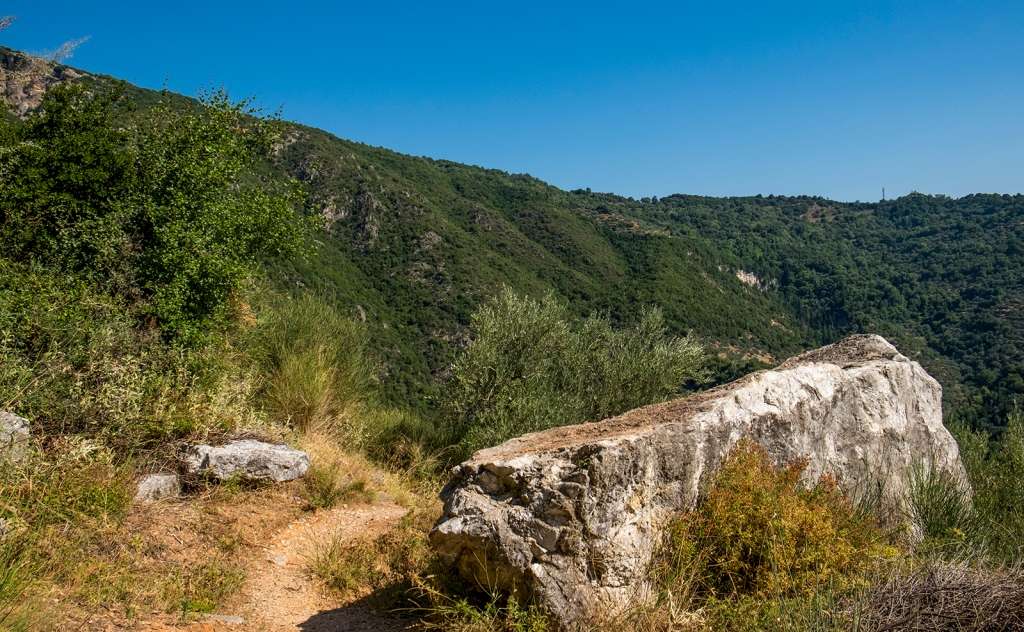Kaiadas
Kaiadas Cave - chasm is about 10 kilometres from today's Sparta and is located in a canyon near Trypi, next to the public road Sparti-Kalamata. Its entrance has been landfilled and, today, it is half a metre in diameter.
We have all been taught that Kaiadas was a ravine in which Spartans used to throw disabled children. This is not the case, however. From the few historical references, Kaiadas is identified as a place where death-row criminals, traitors and prisoners of war were thrown. The myth was probably created by Plato's "State" (Politeia) or by Ploutarchos' reference to Lycurgus' life in "Apothetes". According to historical reports, the hero of the Second Messinian War, Aristomenis Andanius, along with 50 captive Messinians, were thrown to Kaiadas by Spartans. At his fall, however, Aristomenis managed to catch the wings of an eagle and the tail of a fox that eventually led him to the exit. Also, the dead body of the king of Sparta, Pausanias, who had been condemned to death for treason, was decided to be thrown away in Kaisadas, but that eventually did not happen.
The first systematic investigation of Kaiadas took place in 1983, where bones were found, which form a thick layer in the cave. The bones come from adult males along with a few females. Some skulls even have arrowheads, confirming that they were victims of war. Lamps and iron chalks were also found. Finally, the overthrow was considered a highly atrocious death because the body remained unburied, and the soul could not find peace.






